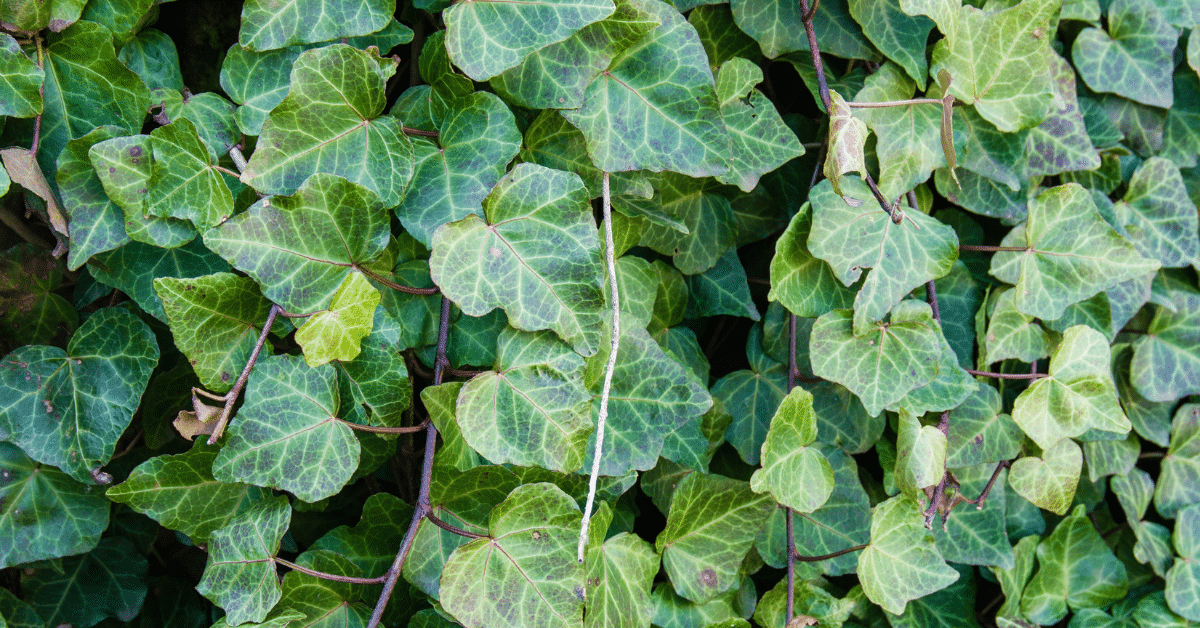
Battling Botanical Bullies: Virginia Invasive Plants and How to Fight Back
Virginia’s diverse ecosystems—stretching from the Blue Ridge Mountains to the Chesapeake Bay—make it a stunning place to live, hike, and garden. But the very richness of our landscapes makes them vulnerable to one of the most persistent threats to native flora: invasive plants.
These botanical bullies may seem harmless (some are even quite pretty), but they wreak havoc on local ecosystems. They outcompete native species, reduce biodiversity, and upset delicate relationships between plants, insects, and wildlife. And in Virginia, they’re not just a nuisance—they’re a growing problem.
We hosted PRISM for a webinar on invasive plants, how they impact habitat connectivity, watershed health, and forest longevity.
What Is an Invasive Plant?
An invasive plant is a non-native species that spreads aggressively, usually because it lacks the natural predators, diseases, or competitors that would keep it in check in its native environment. In Virginia, this can mean that a single invasive plant can take over a forest understory, a roadside, or even a backyard, pushing out native plants that support local wildlife.
Common Invasive Plants in Virginia
Here are just a few offenders you may recognize:
- English Ivy (Hedera helix): Often planted for ground cover or aesthetics, this climbing vine can strangle trees and block sunlight from native plants.
- Japanese Honeysuckle (Lonicera japonica): Sweet-smelling but sinister, it outcompetes native shrubs and trees, particularly in forests and along trails.
- Tree of Heaven (Ailanthus altissima): A fast-growing tree that’s hard to kill, this one is a favorite of the spotted lanternfly—a damaging pest.
- Kudzu (Pueraria montana): Known as “the vine that ate the South,” it grows at shocking rates, smothering anything in its path.
- Mile-a-Minute Weed (Persicaria perfoliata): Its name isn’t just hype—this prickly vine can quickly blanket entire fields and forest edges.
Why Should You Care?
Invasive plants are more than an aesthetic issue. They can:
- Displace native species that pollinators and birds rely on.
- Alter soil chemistry, making it harder for native species to thrive.
- Contribute to erosion by replacing deep-rooted native plants.
- Cost millions in removal and restoration efforts.
What You Can Do
1. Learn to identify them. The first step in fighting invasive plants is knowing what to look for. Use resources like the Virginia Department of Conservation and Recreation or your local extension office for ID guides.
2. Remove invasives from your yard. If you spot an invasive species growing at home, remove it before it spreads. Be sure to dispose of them properly—don’t compost!
3. Plant native alternatives. Choose native species that provide food and shelter for local wildlife. Think coneflowers, black-eyed Susans, spicebush, or Virginia bluebells.
4. Volunteer for local removal events. Many parks and environmental groups host invasive plant cleanups. It’s a great way to give back and learn.
5. Spread the word. Help friends, family, and neighbors understand the importance of native plants and the dangers of invasives.
Virginia’s landscapes are worth protecting. Whether you’re a casual gardener or a hardcore conservationist, taking action against invasive species is a powerful way to preserve the natural beauty and biodiversity of the Commonwealth.
🌿 Pull a weed, plant a native, save a forest.